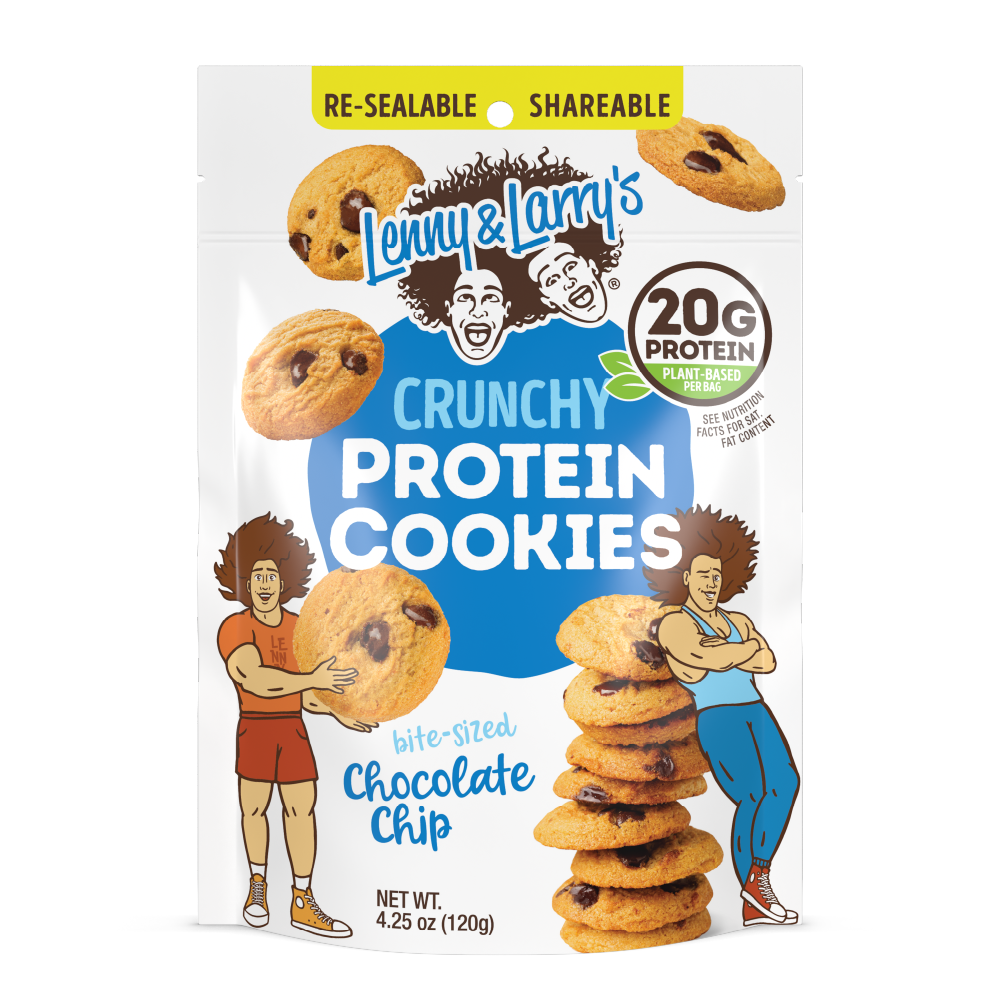Most protein bars look healthy!
They make high-protein claims, use clean packaging, and use buzzwords like “fuel” or “natural.”
But not all bars live up to their labels. The real test comes down to what’s inside: the balance of protein, calories, sugars, and fats. Choosing the right one can make the difference between a bar that supports your goals and one that’s just a candy bar in disguise.
The key is understanding what truly matters on the nutrition label. From the protein-to-calorie ratio to ingredient quality and sugar sources, here’s how to spot a bar that actually delivers on nutrition (not just marketing).
10 Things That Actually Matter When Picking a Protein Bar
Not every bar deserves a spot in your routine. The best ones offer high protein content, clean ingredients, and balanced nutrition.
Here’s what to look for before you buy.
1. High Protein-to-Calorie Ratio
Look for a strong protein-to-calorie ratio that fits your goal!
Higher ratios (like 10g protein per 100 calories) are excellent for recovery, while moderate ratios work well for healthy, everyday snacking.
E.g., A 200-calorie bar with 20 grams of protein is ideal, while one with 8 grams is more of a snack than a real protein source.
2. Protein Source Quality
Check where the protein comes from.
-
- Top choices: Complete plant proteins (like pea and rice), whey isolate, milk protein isolate, or even your preferred blend.
- Skip: Collagen-only bars. Collagen has benefits for joints and skin, but it isn’t a complete muscle-repair protein.
3. Low Added Sugar (and Smart Sweeteners)
Keep added sugars in check.
Natural sweeteners such as stevia, monk fruit, or allulose are fine, but bars packed with maltitol or high-fructose corn syrup can lead to bloating or sugar crashes. Do your best to avoid bars overloaded with artificial sweeteners.
4. Minimal Artificial Additives
Short ingredient lists usually mean fewer fillers and less processing. Avoid bars with several gums, hydrogenated oils, or artificial colors. Choose bars with ingredients you can recognize — oats, nuts, seeds, or cocoa.
5. Balanced Macronutrient Profile
The right balance depends on why you’re eating it.
For workouts, go higher in protein; for daily fuel, look for balanced carbs, fiber, and healthy fats (as in many plant-based snack bars).
The right balance depends on your goals:
-
- Muscle gain: 15–25g protein, 200–300 calories, moderate carbs.
- Weight management: 12–20g protein, under 220 calories, higher fiber.
- Endurance training: Slightly higher carb intake (25–35g) is acceptable.
6. Adequate Fiber Content
Aim for at least 3 grams of fiber.
Fiber keeps you full longer, supports digestion, and helps stabilize energy levels. Oats, chicory root, or inulin are good natural sources.
7. Healthy Fats, Not Filler Oils
Look for fats from nuts, seeds, or plant oils instead of overly processed or hydrogenated fats. A small amount of fat (5–10g) improves satiety and helps absorb fat-soluble vitamins, but too much saturated fat cancels out the benefits.
8. Reasonable Sodium Levels
Some bars sneak in 300–400mg of sodium for flavor. That’s fine after a workout, but if you’re snacking, aim for under 250mg per bar to keep sodium intake balanced.
9. Low Sugar Alcohol Load
Bars that advertise “1g sugar” often hide large amounts of sugar alcohols. Keep them under 10g per bar to avoid stomach discomfort. Common culprits include maltitol, sorbitol, and xylitol.
10. Transparent Labeling and Testing
Trust brands that share complete amino acid profiles and submit to third-party testing (such as NSF Certified for Sport or Informed Choice). This helps confirm label accuracy and ensures you’re getting what you pay for.
Choose a Bar That Works for You (Not Just the Label)
The healthiest protein bar is the one that fits your goals, lifestyle, and digestion. Focus on the essentials: a solid protein-to-calorie ratio, quality plant or dairy proteins, balanced macros, and ingredients you actually recognize.
When in doubt, simpler is better.
If you prefer a plant-based option that satisfies like a treat, check out The Complete Cookie. It delivers real ingredients and protein without artificial sweeteners. For a lighter, on-the-go snack, The Cookie-fied Bar offers protein, fiber, and crunch in a compact size.
Whether you’re reaching for post-workout fuel or a mid-day snack, reading the label with these ten points in mind helps you pick something that truly supports your body.
 Lenny and Larrys
Lenny and Larrys
